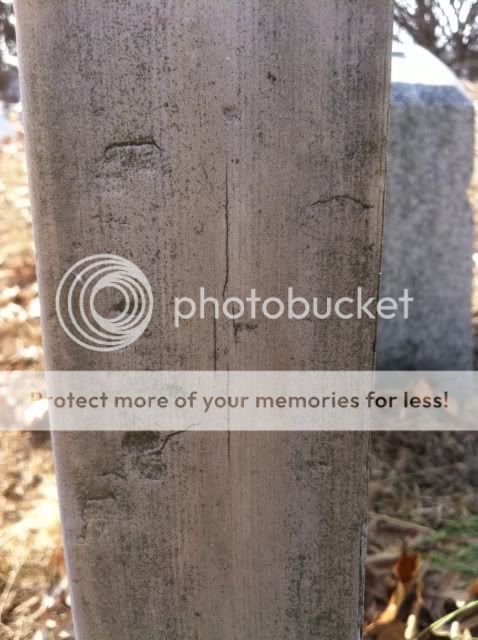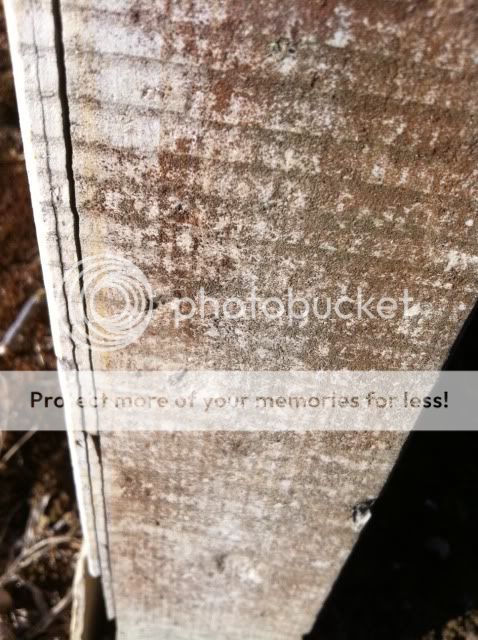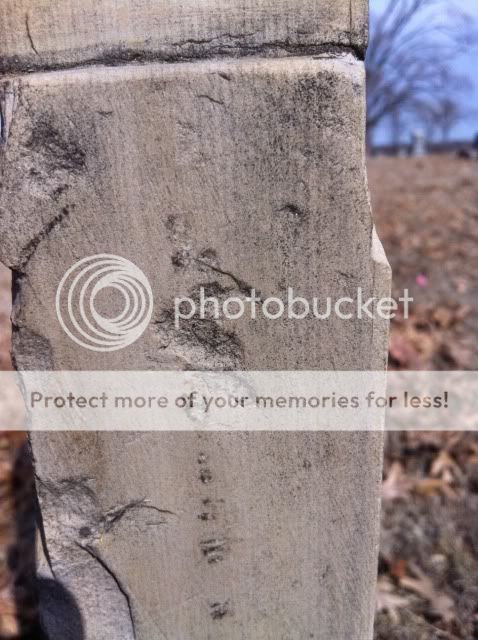Hindostan Whetstone EarthCache
-
Difficulty:
-

-
Terrain:
-

Size:  (not chosen)
(not chosen)
Related Web Page
Please note Use of geocaching.com services is subject to the terms and conditions
in our disclaimer.
Your looking for the headstone of the Rev C. Bethell located at
Rose Hill Cemetery NO NIGHT CACHING ALLOWED!!
To log this cache please email me the answers to these questions
(don’t post them on your logs.) Those not meeting the
requirements will be deleted
1: describe the tombstone (how thick and how many
“layers” you can count).
2: How are the layers formed?
3: This is not a requirement but we would like to see a photo of
your gps or yourself with the tombstone
Whetstones, rocks are formed on silty tidal flats, possess
distinctive and minute layering. The alternate thick-thin siltstone
layers resemble stacked interleaved thick and thin cardboard
sheets. A thick-thin pair is often referred to as a "couplet."
Besides forming couplets, the layers show a progressive overall
pattern of thickening and thinning. The Hindostan Whetstone
siltstones formed on an ancient tidal flat when Indiana had
beach-front property approximately 300 million years ago during a
period of time referred to as the Pennsylvanian Period.



Geologists can often identify the sources of these tidal
rhythmites, so called because their coupled layers reflect diurnal
tidal changes, with great precision. Slabs for some early grave
markers in southern Indiana and southeastern Illinois were produced
from about 1814 to 1860 as a product of the Hindostan whetstone
industry in Orange County, Indiana. Fine-grained siltstone was
quarried as early as 1795 in that area for use as a
whetstone—a slab of stone used to sharpen knives and other
implements. Whetstone grave markers were among the very first
commercial tombstones used in Indiana. Nearly 1,800 Hindostan
whetstone markers (headstones, ledgers, and false crypts) have been
found in 221 cemeteries in 30 counties in southern Indiana and 5
counties in southeastern Illinois. Whetstone headstones are
characterized by three distinct physical qualities. All three of
these physical features must be present before one can be certain
the marker in question is actually a Hindostan Whetstone marker.
First, they are generally more weather resistant than contemporary
local sandstone markers and far more weather resistant than
limestone and marble markers that supplanted them in the early
1850's. Most of the pre-Civil War marble headstones are no longer
legible and vintage limestone markers are little better. Most of
the whetstone markers appear as if they were engraved a few years
ago rather than 150 to 170 years past Second, the color of a
whetstone monument, usually tan, but including off-white, buff,
light brown and some partly rust streaked, is in contrast to the
darker brown and red sandstones or white to gray marble or gray
limestone. Whetstone headstones can typically be distinguished from
other types of markers from a few hundred feet away. Third, but
most important, when viewed on-edge, each marker exhibits a
sequence of relatively thick and thin layers that are
characteristic of Hindostan Whetstone.

| I have earned GSA's highest level: |
 |
Additional Hints
(Decrypt)
Eri